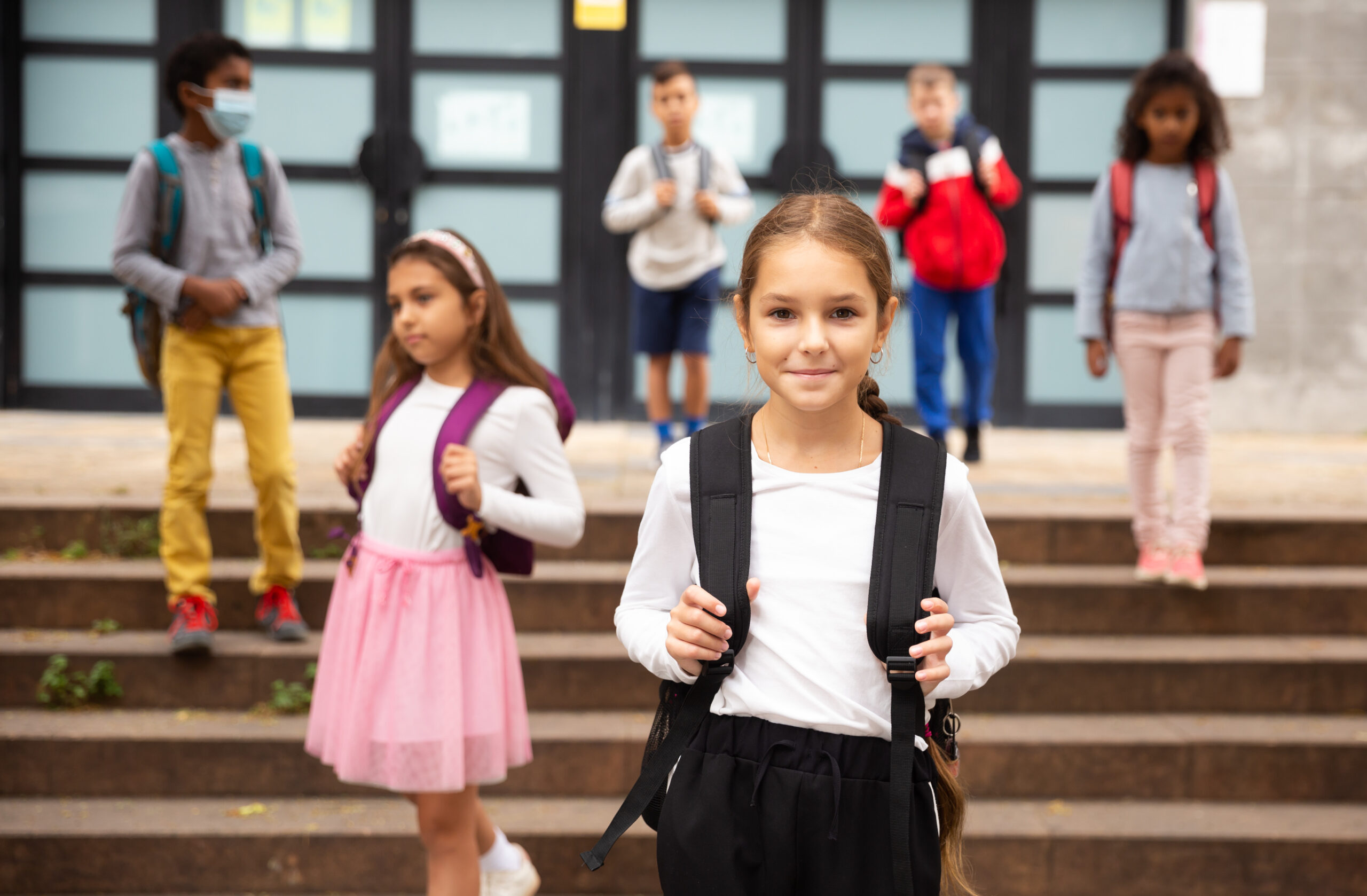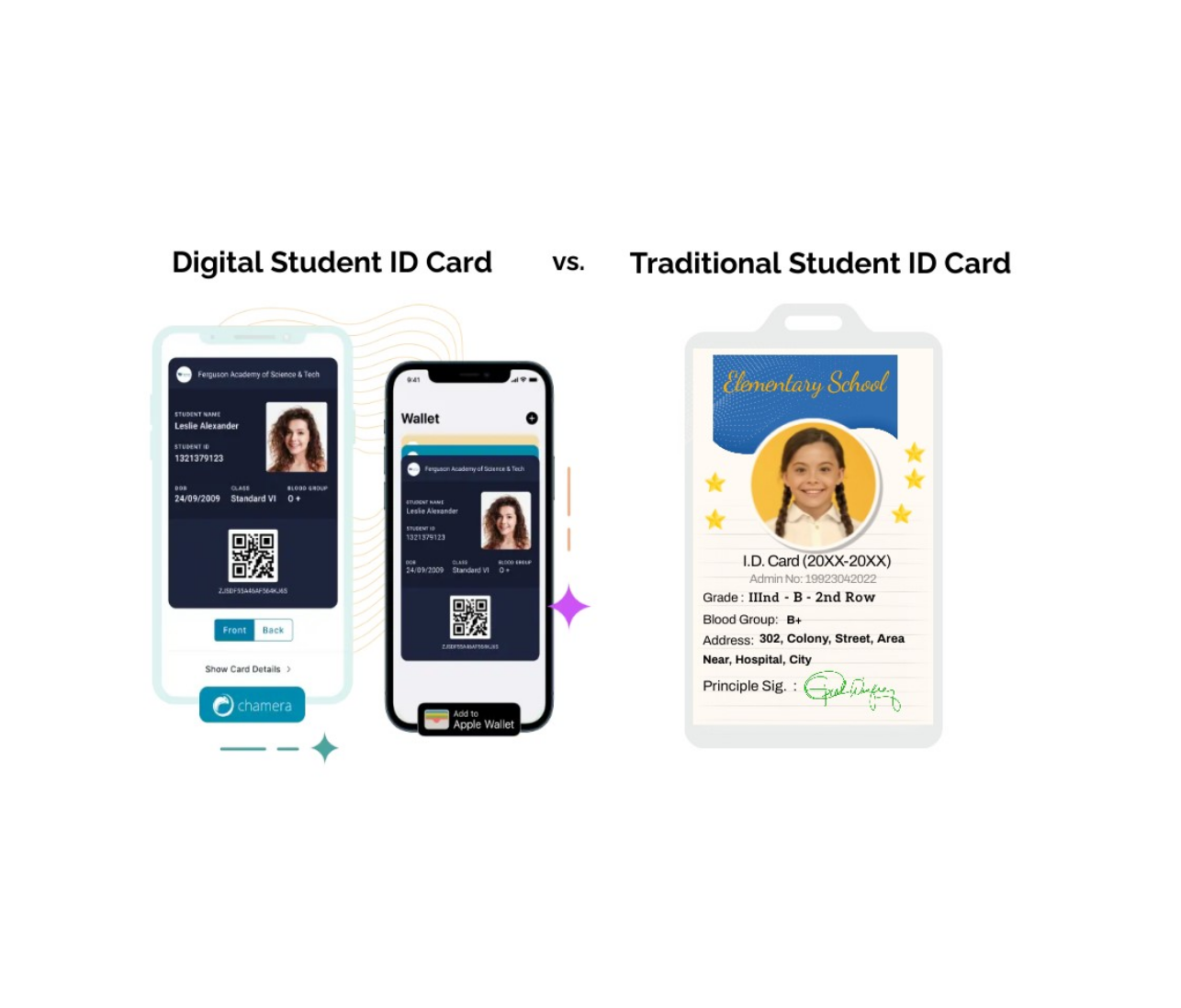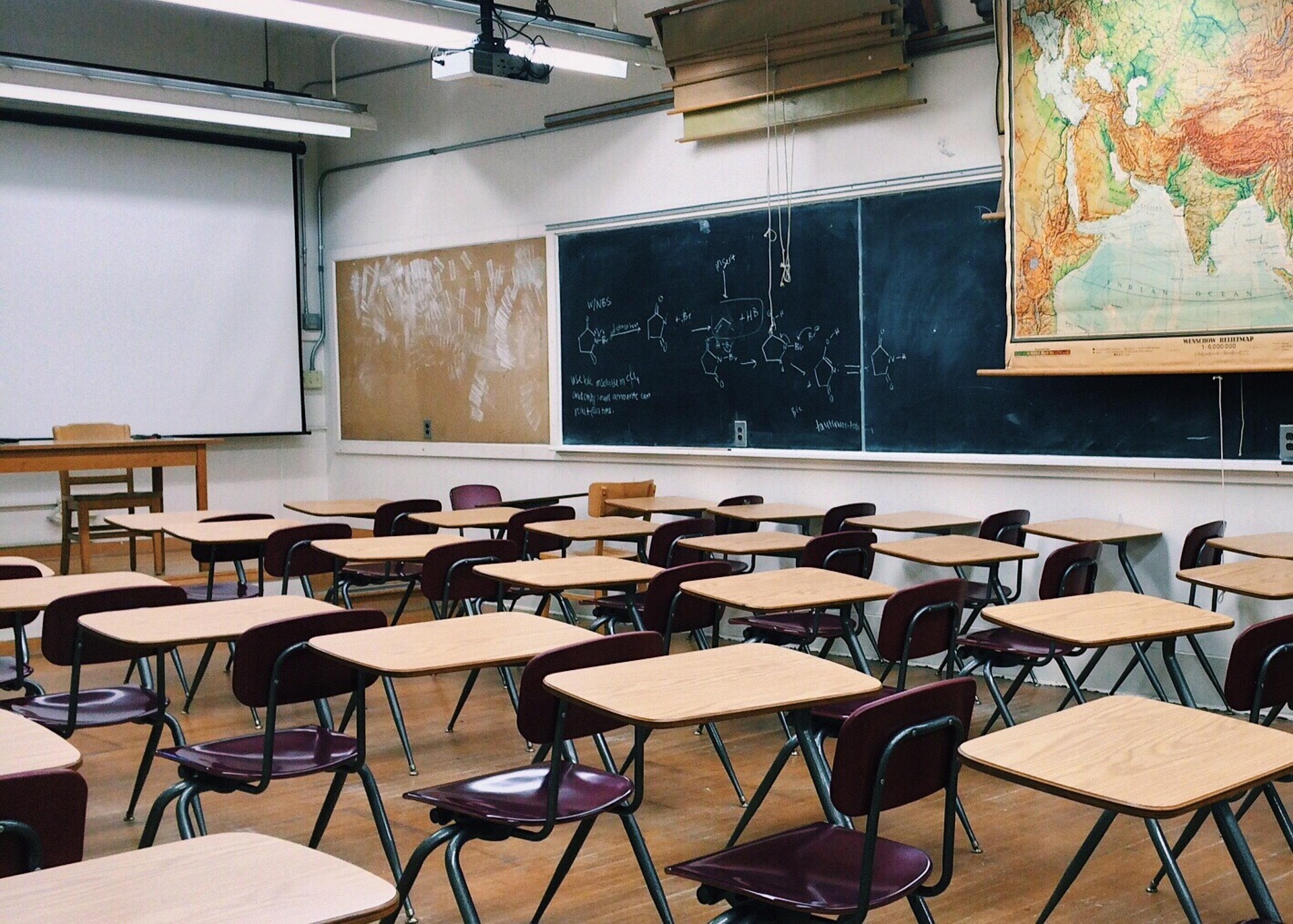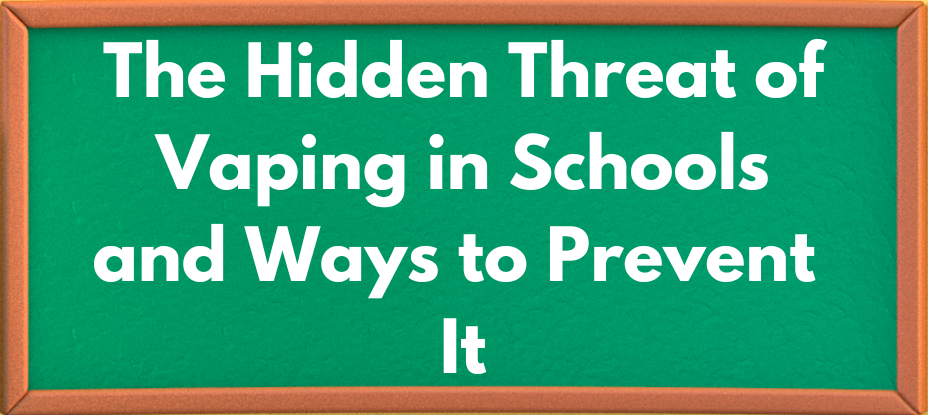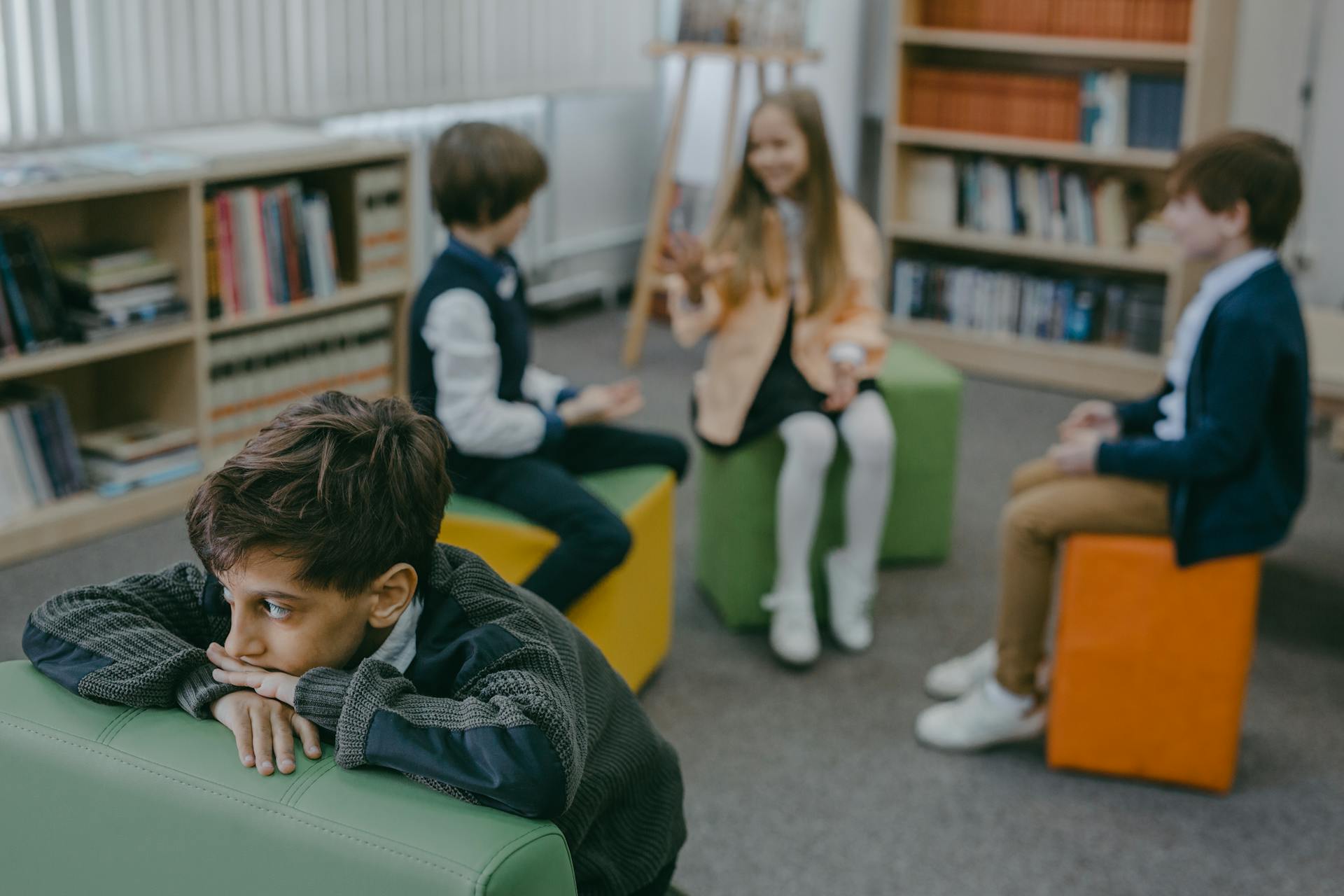Children’s safety and security at school are vital in present times. Unfortunately, the number of threats has increased, and schools and other educational institutions now have become targets.
As a results schools are becoming more aware to ensure safe atmosphere but according to statistics, private schools typically offer a safer atmosphere than public ones. Private schools’ perspective on safety may be different from that of their public-school counterparts due to a variety of factors, including smaller student populations, familiarity with parents and guardians, and unconventional physical spaces.
No matter the factor is, what’s worth discussing is how they are acceding in ensuring a safe learning environment for all. This blog will discuss some unique and effective ways successful private schools are following to maintain safety. By knowing these measures, every school be it private or public will be able to adopt and practice these and create a safer educational environment overall.
What are the security threats for schools?
Numerous security risks can endanger the safety of students, employees, and infrastructure in Australian schools. These dangers include everything from cybersecurity flaws to physical dangers.
A. Physical Security Threats
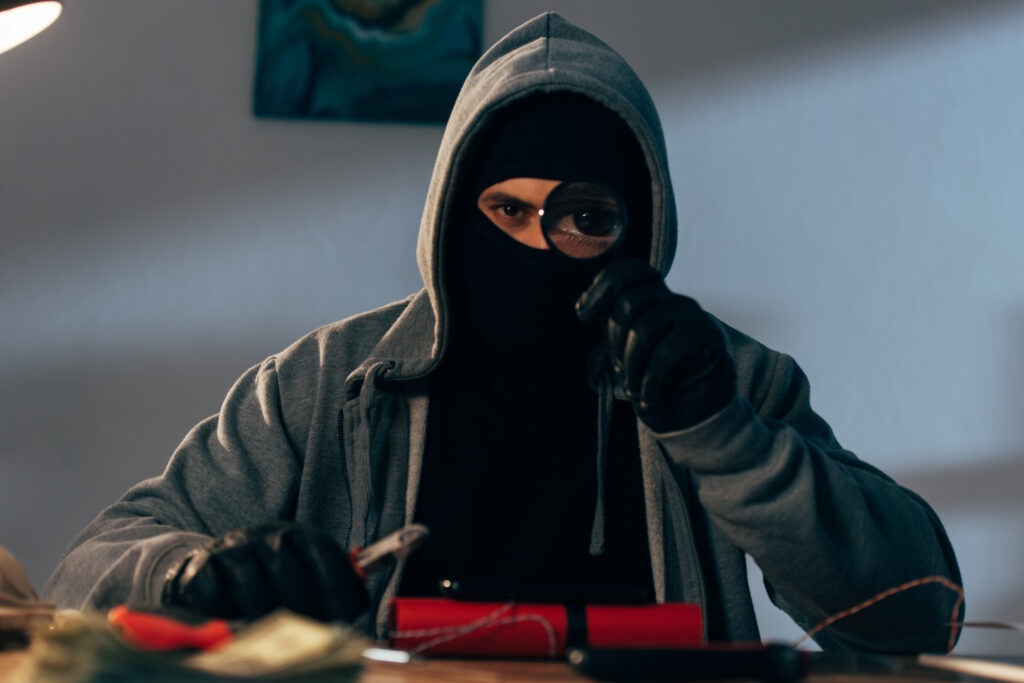
- Unauthorised Entry: When trespassers or unauthorised people enter school grounds, potential hazards include theft, vandalism, and harm caused to students and other employees.
- Vandalism: Graffiti, damage to school property, and intentional destruction can cause financial loss and also affect the learning environment.
- Theft: Laptops, tablet computers, and other valuable equipment are natural targets for thieves, mainly if security is weak.
B. Cybersecurity Threats
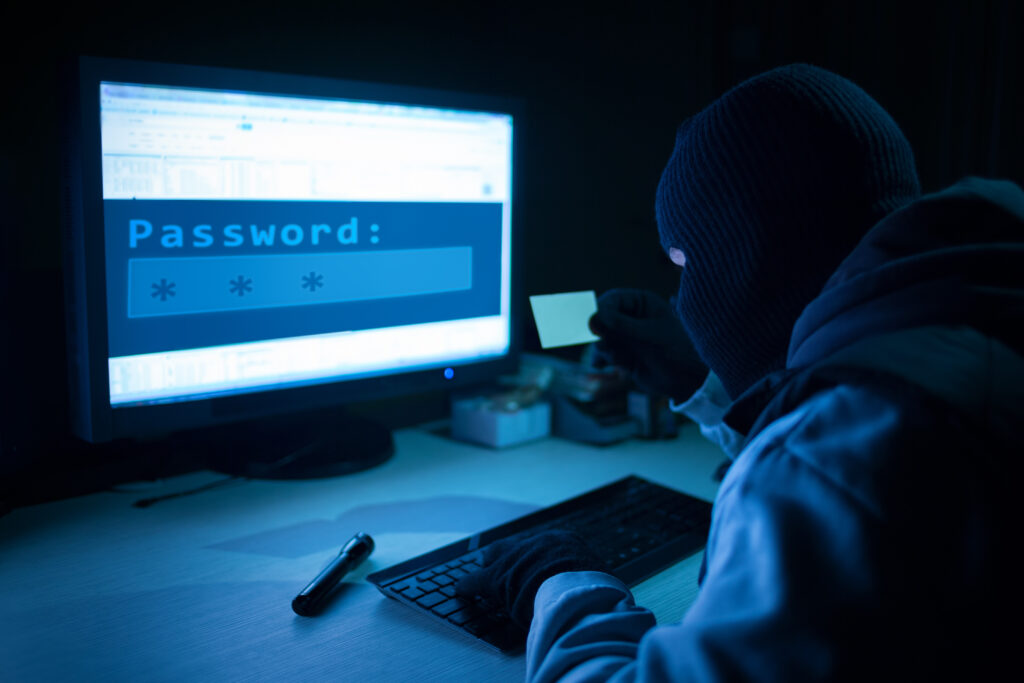
- Data Breaches: Schools contain susceptible information regarding students, staff members, and families that become the focus of hackers.
- Phishing: The attacks include phishing and malware, whereby emails open malicious links or attachments that compromise school networks or steal data.
- Ransomware: In this case, hackers shut the school’s system and demand money for its restoration.
C. Social and Psychological Threats
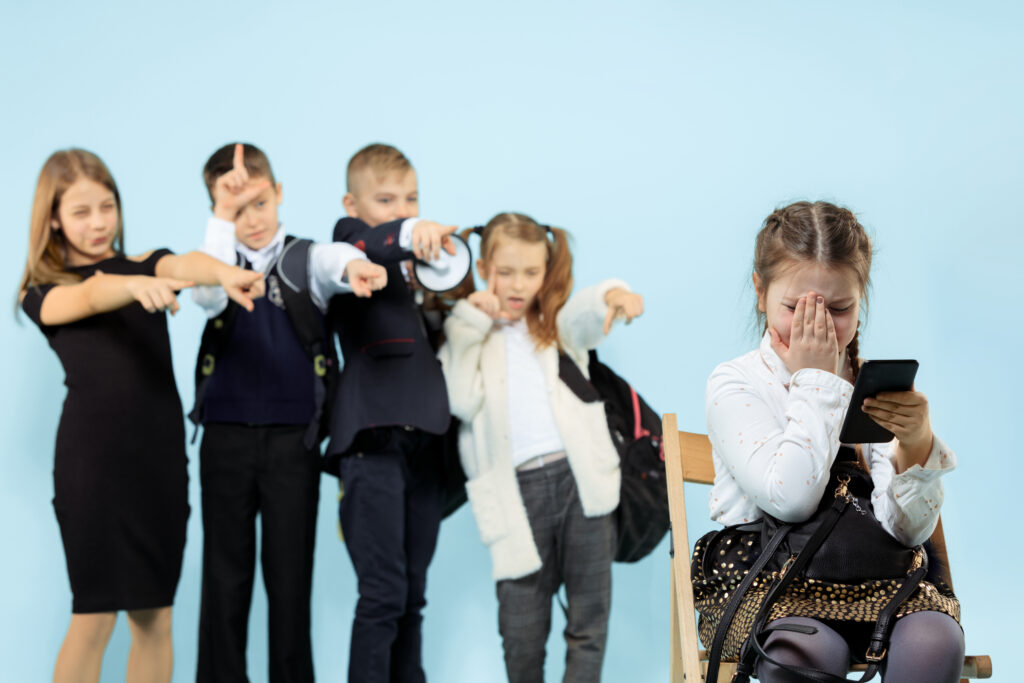
- Mental Health Crises: Schools need strategies to cope with a student in crisis due to an increased awareness of mental health.
- Bullying and Harassment: Physical and cyberbullying can be extremely distressing to students and might contribute to safety issues.
- Academic Pressure and Burnout: Pressures to excel academically and live up to expectations can overwhelm students, and cause chronic stress.
5 Effective Safety Ensuring Measures Taken by Private Schools
We will look at five safety strategies used by private schools that have proven to be winning against various threats to the schools-
1. Controlled Campus Access
Private schools give priority to restricting access to their campuses by implementing strict entry protocols. Most have made use of sophisticated keyless entry systems, such as RFID cards or biometric scanners. Also, advanced institutions adopt futuristic software like digital student id app which can restrict entry to only authorised personnel, students, and parents. Security guards at gates and on patrol around the campus add another layer of protection.
Additionally, visitor management systems make sure that all guests sign in and wear temporary passes while on premise. Such controlled access provides protection against physical threats and creates an ambiance of security whereby the students and staff can perform their functions without unnecessary fear, knowing they are within a protected environment.
2. Robust Cybersecurity Measures
Private schools recognise the need for protection of their online infrastructure in this digital era. Information regarding sensitive data, including student records, personal details of the staff members, and other financial aspects, is kept digitally in schools. Thus, these institutions develop heavy investments in cybersecurity. Firewalls, encryption of the network, and periodic IT audits are standard practices to prevent data leakage.
Other training includes phishing, suspicious links, and password management for the staff and student body. Some institutions hire cybersecurity teams to monitor for threats and respond to incidents quickly. Also, private schools make sure that the learning management system and other communication systems are secure so unauthorised persons cannot access virtual classrooms.
3. Integration of Digital Student IDs
Digital student ID is a modern solution to enhance safety and streamline operations in schools. The digital IDs can be accessible through other smart devices, and perform multi-functions like, allowing access to predefined areas while limiting access to unauthorised zones. Digital IDs will, therefore, enhance internal attendance tracking, enabling the school to account for the movements of every student during the day.
Other significant advantages include their role in emergency situations. This means that when there is an evacuation, for example, the digital IDs can show in real-time which students are on campus, and headcounts by staff can be much quicker. Many of these digital student ID cards are also integrated with other systems, like cashless payment solutions for the cafeteria or bus services, which add convenience and security.
4. Advanced Surveillance Systems
Sophisticated surveillance systems are a cornerstone of private school security. High-definition CCTV cameras are often installed throughout the campus to monitor critical areas, including entrances, hallways, playgrounds, and parking lots in renowned institutions. These systems usually feature live streaming, allowing security personnel to observe real-time activities and respond immediately to potential threats.
Besides discouraging criminal activities, including theft and vandalism, the systems help in monitoring student behaviour to ensure adherence to rules and resolving all potential conflicts in a timely manner.
5. Stronger Mental Health Support Systems
More and more, private schools realise that mental health needs to be treated as an essential factor in a student’s safety; thus, some put on-site counsellors and psychologists trained in professional mental health support. Such professionals offer individual counselling sessions, group therapy, and workshops aimed at enhancing stress management and emotional resilience.
Besides professional guidance and counselling, all schools have peer support programs. These programs offer an avenue through which older peers can mentor younger peers by providing a friendly environment where the students share their concerns. In this context, promoting access to mental health support is a strategic way through which private schools can equip students with the necessary skills and ways of tackling problems. This way, potential issues related to emotional distress that could compromise safety can be avoided.
Last Words
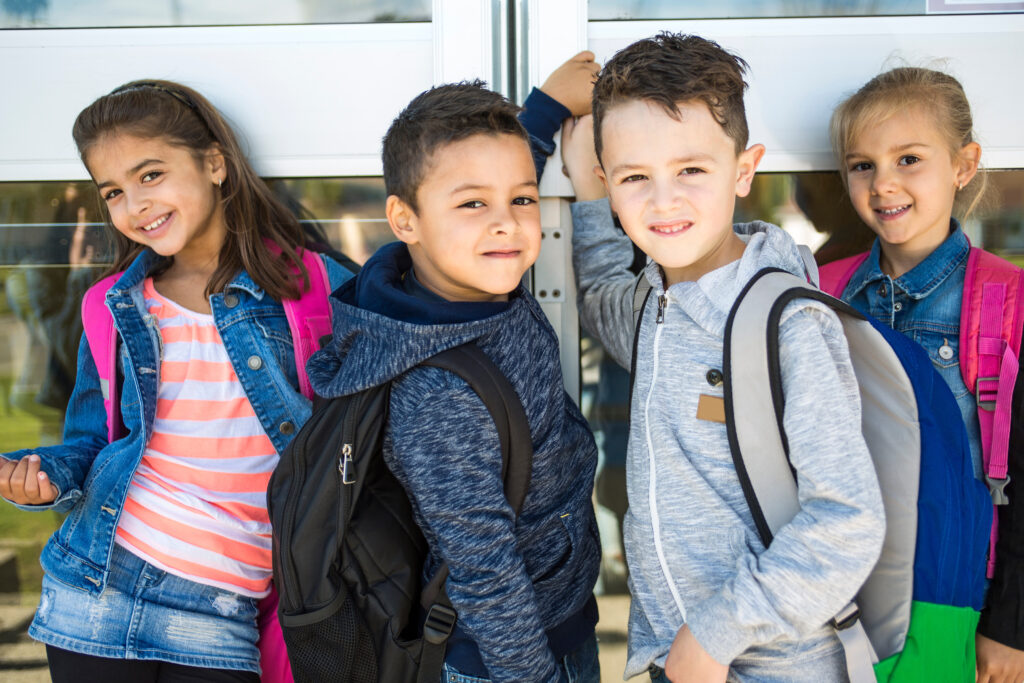
Private schools in Australia demonstrate a commitment to safety through innovative strategies that address both traditional and modern threats. Some of the futuristic approaches like digital student ID systems or the conventional ways like CCTV monitoring, all of these actions have equally become a must-have for every school. Because these adoptions not only ensure safety but also make the daily activities of both students and school administration a lot easier.
So, if your school lacks any of the features that is discussed in this blog, its high time to get it updated and prepared to ensure a safe and healthy educational environment for all.
